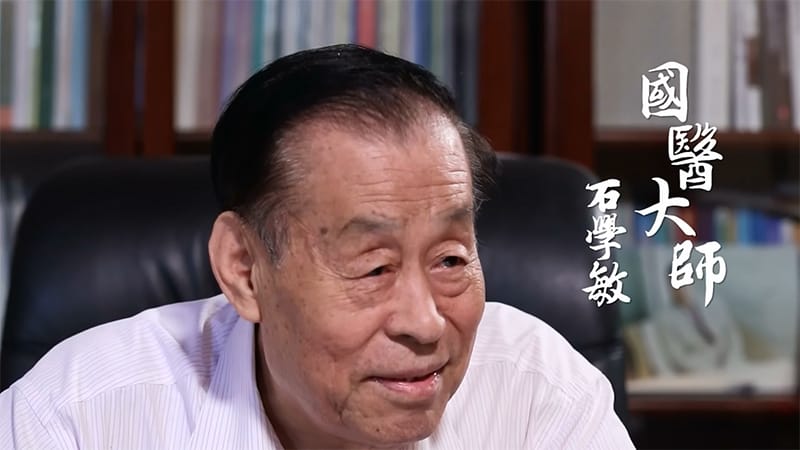A Grand Wisdom in a Small Needle: The Legacy of Acupuncture Legend Shi Xue Min

Earlier this month, Dr. Shi Xue Min—one of the world’s most revered acupuncturists—passed away. To many in the field of Traditional Chinese Medicine (TCM), he was not just a pioneer. He was a legend. For me, he was my teacher’s teacher, and in that lineage, his influence still pulses through every needle we place.

Biography
Born in 1943 in China, Dr. Shi trained in both classical Chinese medicine and modern biomedicine. But what truly set him apart wasn’t just his mastery—it was his courage to push the boundaries of what acupuncture could achieve.
He became globally known through the 2009 documentary 9000 Needles, which followed an American stroke patient who, after exhausting options in the U.S., flew to Tianjin for treatment under Dr. Shi. What unfolded was nothing short of astonishing: the patient’s recovery—through acupuncture—challenged everything people assumed about neurological healing.
Legacy of Acupuncture
To understand Dr. Shi’s brilliance is to understand what acupuncture really is. It’s not about piercing tissue or nerves—it’s about guiding the flow of qi, the body’s vital energy. Imagine the body as a vast network of roads. When traffic jams occur, we feel pain, dysfunction, or disease. Dr. Shi was a master traffic controller—using needles not to invade, but to redirect. He didn’t just know where to place the needle; he knew when to move it, how to listen, and what the body wasn’t saying out loud.
He developed the Xing Nao Kai Qiao (开窍醒脑)technique—"Awaken the Brain and Open the Orifices"—a now-celebrated method that uses scalp acupuncture and point combinations to help stroke patients recover movement, speech, and cognitive function. His hospital in Tianjin became a global center for stroke rehabilitation, where patients came not just for hope—but for real results.
But Dr. Shi wasn’t driven by fame. He once said:“When you see the patient get better, walk again, speak again—that is the greatest reward for a doctor.”
Final Thought:
If a silver needle—no thicker than a strand of hair—can restore speech, movement, and vitality, what else might we be overlooking simply because science hasn’t learned how to measure it yet?
In our relentless quest for the next medical breakthrough, perhaps the deeper question is this: Will we have the wisdom to look back, and rediscover what tradition quietly preserved?



Comments ()